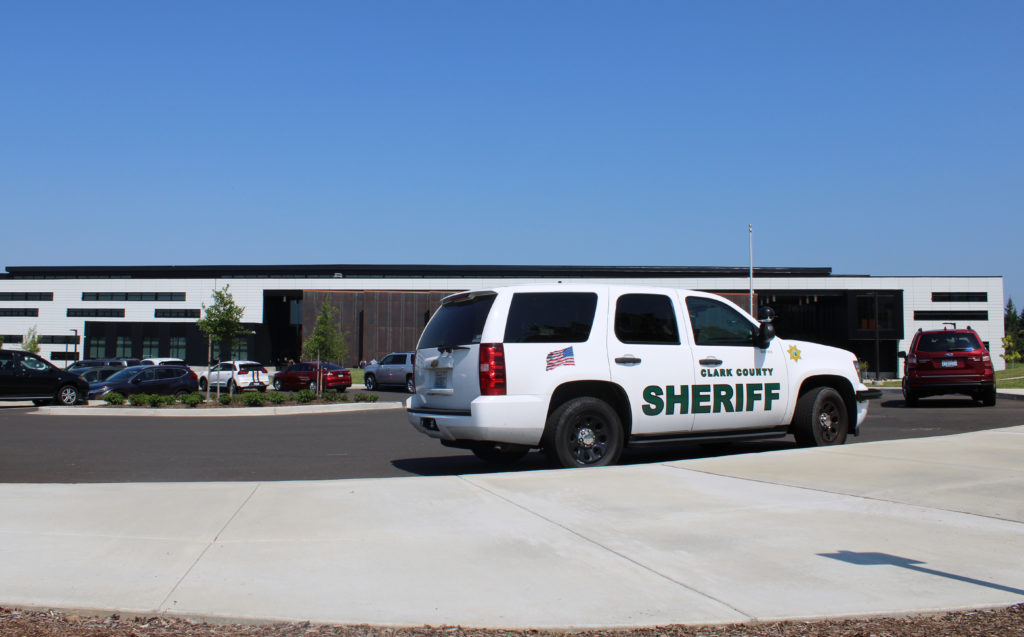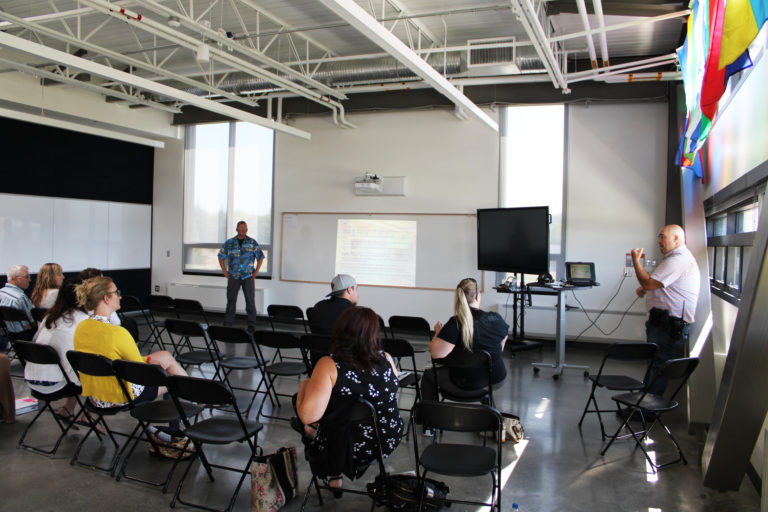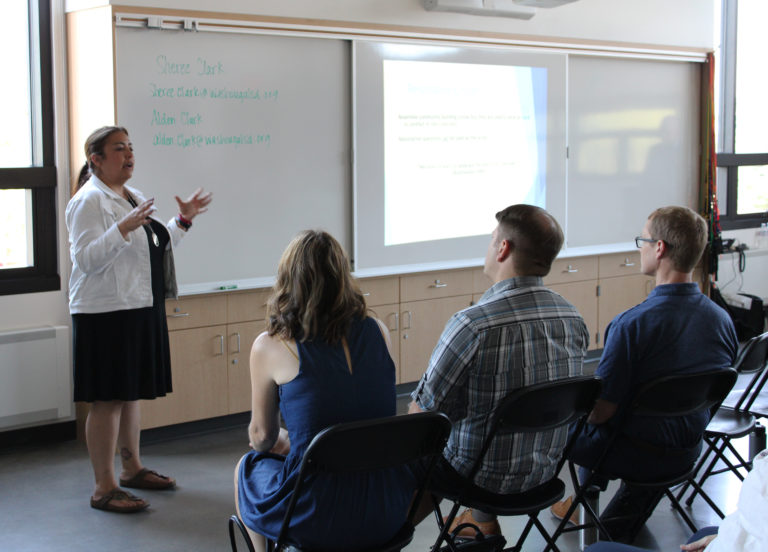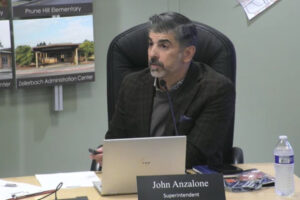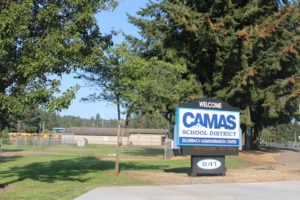More than 400 Clark County school administrators gathered at Camas’ Discovery High School Monday, Aug. 5, for the 2019 School Administrators’ Emergency Training Summit.
With two dozen courses to choose from, school leaders spent the day learning everything from how to use the Department of Homeland Security’s “run, hide, fight” protocol during an active shooter situation to the nuts and bolts of implementing schoolwide restorative justice practices.
Scott LaBar, loss control supervisor for Educational Service District 112 (ESD 112), the regional agency that provides educational services to school districts throughout Southwest Washington, helped coordinate the event.
LaBar said the event had 406 attendees from 13 school districts as well as from the Washington State schools for deaf and blind students, two private schools, two educational service districts and various community partners.
“This used to be more ‘doom and gloom,’” LaBar said of the annual emergency training event, which started in the early 2000s. “We focused on active shooters, suicide, bullying. Now, we’ve shifted. There is still the doom and gloom, but now we’re trying to be more proactive than reactive.”
The “proactive” nature of the event was apparent in the scope of the keynote speech, “Respecting Students and Their Culture,” delivered by Jeff Etecht, an educational consultant and recipient of the Bill and Melida Gates’ technology leadership program grant who works with schools, nonprofits and corporations to help adults better understand how the younger generations operate in a world dominated by new technology.
“It is a new, digitally connected world and ‘I’m not good at technology’ is no longer an excuse educators can afford to hide behind,” Etecht said in his keynote information. “We need to meet them where they’re at; increasingly that place is in devices.”
Many of the traditional emergency training courses offered at this year’s summit also took a more preventative, proactive approach to school threats. Inside the “Active Threat Response: Run, Hide, Fight” course, for instance, Clark County Sheriff’s Office deputies Shaun Robertson and Albin Boyse urged school administrators to prepare students and staff for an active shooter threat by teaching a student-centered version of the “run, hide, fight” protocol.
“If you don’t have the option to run, you can hide … but being in a cafeteria under a table — waiting to die — isn’t hiding,” Robertson said. “In that case, running is still your best option.”
The deputies also taught the importance of having situational awareness. In a video of an actual active-shooter situation that unfolded at a Hazel Dell Walmart in October 2016, Boyse and Robertson said a man stocking a nearby soda machine was in the shooter’s direct line of fire, but didn’t stop working during the incident.
“When we asked him, ‘Why didn’t you go?’” Boyse said, “He said, ‘I didn’t think it was gunshots.’”
The deputies said people need to be more aware of what’s happening around them. If something doesn’t seem normal — the sound of gunfire inside a store, for example — take note, the deputies said, and be prepared to act.
In an active shooter situation, getting away from the shooter is always the best bet, the deputies said.
“If you can get out of it by running, always do that first,” Boyse said, adding that people should take note of the exits and various escape routes when they’re in a public place like a school or shopping mall.
The next option is to hide, preferably behind a locked door, and stay quiet. If students and staff are not able to run or hide, they must fight, the deputies said, before teaching the school administrators various methods of fighting an active shooter, including throwing whatever is available — laptops, chairs, desks — at the shooter before grabbing his weapon, “dog-piling” onto him and wrestling him to the ground.
The deputies noted that the new Discovery High School in Camas, with its open spaces and windows, doesn’t provide many places to hide during an active shooter situation.
“If we were in this classroom, we would have to run or fight,” Boyse said.
Discovery High Principal Aaron Smith said — and Boyse later agreed — that the school’s modern design may have fewer “hiding places” but that the school’s light-filled spaces make seeing a potential threat easier and that the building’s multiple exits make it easier for students and staff to get out safely.
Smith added that Camas school administrators considered safety precautions when designing the district’s newest high school.
“We wanted it to be safe, but we didn’t want to build a fortress,” Smith said.
Talking about such measures might seem extreme, but this is the reality we all live in, the deputies said, noting that the summit was taking place less than two days after two mass shootings in El Paso, Texas, and Dayton, Ohio, killed 31 people and injured dozens of others.
Boyse said the school leaders needed to teach students these types of preventative measures before a situation occurs.
“We have to have this conversation with kids so they don’t panic,” he said.
Camas hosts day of school safety training
Annual emergency summit teaches administrators how to be proactive
- By Kelly Moyer
-
August 8, 2019 5:30 am
-
Camas, Latest News, News, Schools, Washougal
